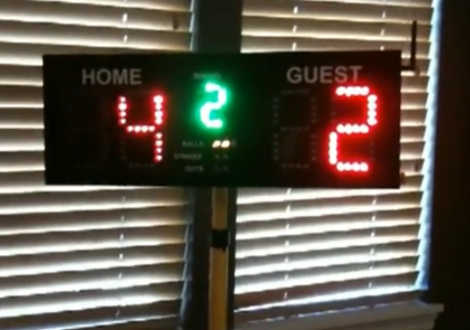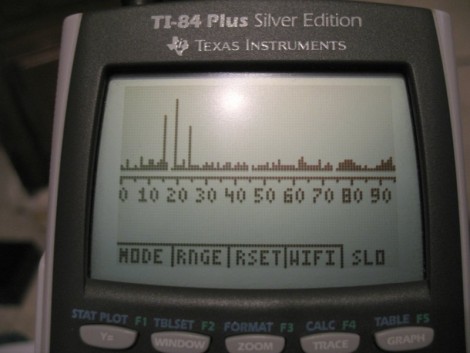
[Wei] salvaged the internals from an Airport Express that had a blown power supply. From there he built this streaming music box. The case is from an IKEA clock with the face removed. He added some decorative fabric around a grill to make an acoustically transparent front panel. Inside you’ll find the Airport guts connected to a USB charger (replaces the dead PSU) and a set of powered stereo speakers. This simple mashup looks good and frees up space in your junk-parts box.














